NellsPhoto
TPF Noob!
- Joined
- Sep 27, 2012
- Messages
- 41
- Reaction score
- 5
- Location
- New England
- Website
- nells250.homestead.com
- Can others edit my Photos
- Photos NOT OK to edit
Hello all, first post here, and it is a QUESTION!
I have had no luck finding answers elsewhere, so here goes:
What style of photography produced this image? By style, I mean print method. The corners are a silvery/metallic color/finish. It is part of a set and research into the topic tells me they were taken around 1879-1880. The images themselves measure roughly 9.5 x 7.5”.

I have had no luck finding answers elsewhere, so here goes:
What style of photography produced this image? By style, I mean print method. The corners are a silvery/metallic color/finish. It is part of a set and research into the topic tells me they were taken around 1879-1880. The images themselves measure roughly 9.5 x 7.5”.




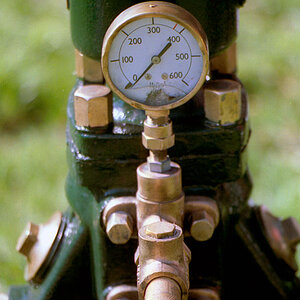
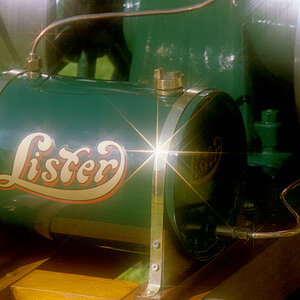
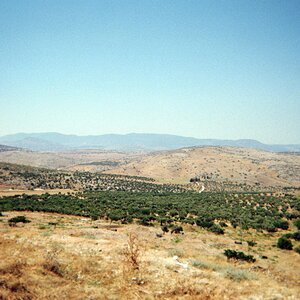
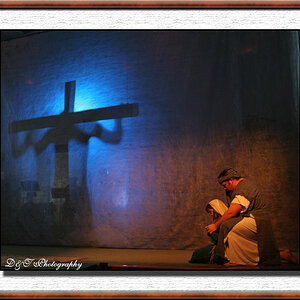


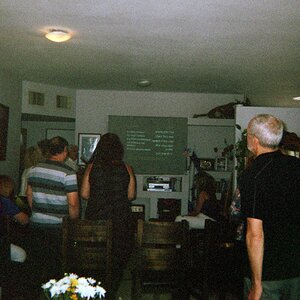



![[No title]](/data/xfmg/thumbnail/39/39225-99d579cd498f8f152a288d7e8e7ad2a4.jpg?1619738926)